Many owners and holistic vets promote homemade or raw diets because of the gastrointestinal improvements and overall benefits seen in cats. Unfortunately, because the diets are usually all-natural some pet owners don’t understand or see the need for further supplementation.
Cats are not like dogs which are omnivores, they are obligate carnivores. This means that they can not obtain all the nutrients they need from the plant kingdom and bacteria.
For example, if your cat is not getting a variety of meats and is only given one protein source like fish, he or she is consuming an extremely unbalanced diet which can have a severely negative impact on their overall health.
In order for your cat’s diet to be considered balanced, it should include a variety of meat choices and a small amount of vegetables. A quality, balanced raw diet consists of organs, flesh, ground bone, and some vegetation.
In addition to feeding a variety of meats and vegetables, it may be necessary to add other supplements as well and these are three very common deficiencies in cats that eat homemade diets
1. Taurine
Taurine is an amino acid that cats can not produce on their own and must get from their diet. It is essential for the healthy function of the body including the eyes, heart, immune system, and gastrointestinal tract.
Taurine can be found in muscle meats, especially dark meats and organs like the kidney, liver, and heart. Plants contain little to no taurine.
While taurine is found in raw meat at higher levels than commercial kibble your cat may still need supplementation. The amount of taurine in your cat’s food is directly proportional to preparation. For example, boiling causes the most loss of taurine since it is highly water-soluble, up to 70%. Whereas baking destroys about 50%.
The higher the cooking temperature, the more taurine that is lost so ideally, you should cook at low temperatures.
How much taurine does a cat need in its diet?
The average daily requirement of taurine for most cats is around 50 mg (source)
One study showed that cats needed varying amounts of taurine in their diet depending on the type of food
- Canned diet: 39 mg taurine/kg per day
- Dry Food: 19 mg/kg per day
- Semi-purified diet: 10 mg/kg per day (this is what most owners use) – Source
Clinical signs of taurine deficiencies
Signs of a deficiency usually develop slowly and can take several months before symptoms appear in some cases and can include:
- feline taurine retinopathy or degeneration of the retina
- dilated cardiomyopathy
- digestive disturbances
2. Thiamine
Thiamine or vitamin B1, is a water-soluble vitamin necessary for normal carbohydrate metabolism in cats. Cats are unable to produce enough thiamine on their own, and like Taurine, they must obtain it from their diet.
Heating can significantly decrease the amount of thiamine in foods and this is important to remember when preparing a homemade diet for your cat. In raw foods that are not exposed to heat, thiamine remains intact.
However, if you are feeding your cat a diet of anchovy or catfish, even with thiamine supplementation, they may have issues because these fish contain an enzyme called thiaminase. Thiaminase destroys or inactivates thiamine. There are several fish that have thiaminase, this article has a detailed list of which do and don’t have the enzyme.
It’s not only pet parents that are making their cat’s food at home who get the dosage of thiamine wrong. There have been cases of cat food companies not including enough thiamine in their formulations. This study published in the Journal of Feline Medicine and Surgery documents several cases of cat’s falling ill due to the thiamine level in a dry food being below the recommendation of the National Research Council.
How much thiamine should I feed my cat?
Cats require three times as much as dogs and The Association of American Feed Control Officials (AAFCO) recommends that adult cats get 5mg/kg in their food.
Thiamine deficiency
Thiamine deficiency results in serious neurological symptoms, such as abnormal heartbeats and gastrointestinal signs. Some symptoms include:
- circling
- lost appetite
- vomiting
- falling and abnormal gait
- seizures
- excessive salivation
- head tilt
- weight loss
- incoordination
3. Calcium
In the diet of cats left to fend for themselves in the wild, calcium is usually found in the bones of the animals they eat. However, if you are feeding your cat a homemade diet you will have to supplement the mineral.
Most pet parents will do this via over-the-counter supplements, but calcium can also be given in the form of crushed bones or eggshells. You never want to give whole bones as they can easily become lodged in your cat’s throat and crushing eggshells at home comes with its own set of challenges as you have to worry about food-borne illnesses like salmonella.
How much calcium should I supplement in my cat’s homemade meals?
The Association of American Feed Control Officials says that adult cats need 0.6% of their total diet to be calcium. The calcium supplementation should be balanced with phosphorus and they should get 1.2 parts calcium for every 1 part phosphorus.
Signs of calcium deficiency include
- bone deformities
- weakness
- muscle tremors
- broken bones
It is important to know when to add these supplements and how much to add as cats can get sick from or even die from an excess of some vitamins & minerals. This is why you should always speak to your vet about proper dosing or consult with a veterinary nutritionist and do a ton of research before giving anything to your precious fur baby!
Getting your cat’s homemade diet perfect is a balancing act that most find too daunting a task, which is understandable. If you decide you don’t want to make your cat’s meals at home but would still like to option to feed raw, try a commercially prepared raw cat food. These diets usually do not require any supplementation as they come with a certification from the Association of American Feed Control Officials (AAFCO). This can often take the guesswork out of your cat’s diet preparation.
References
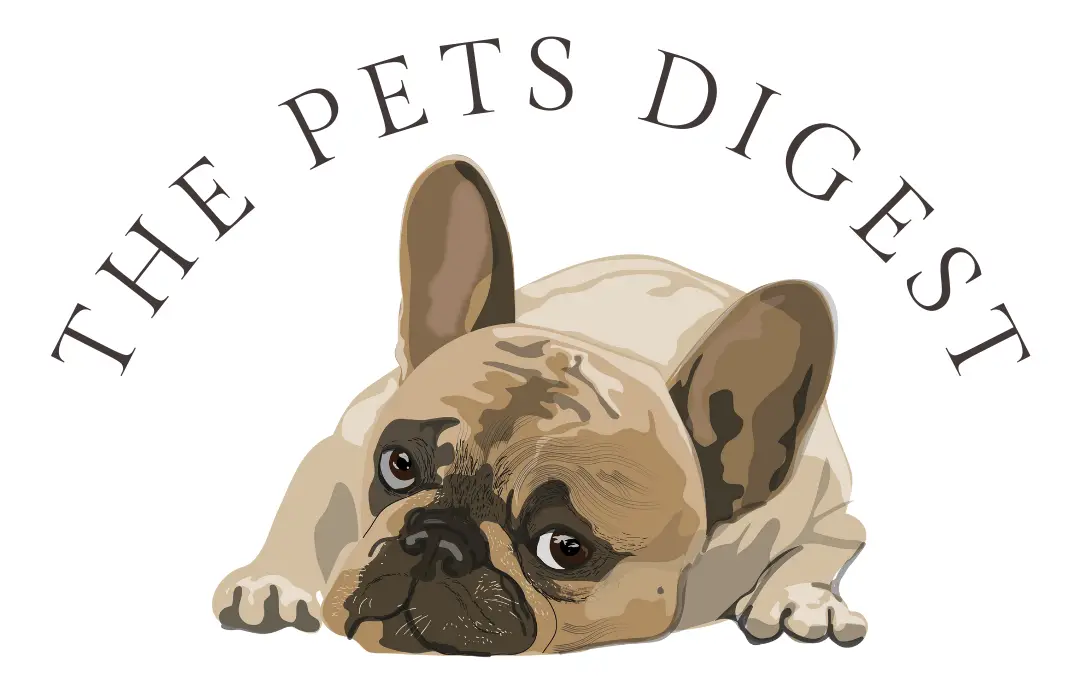












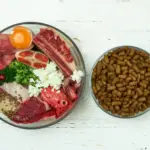








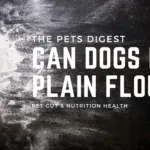

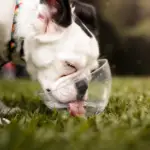















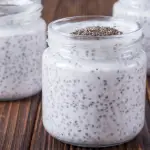













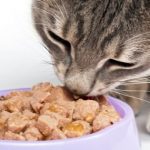
















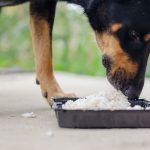





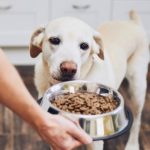






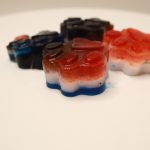



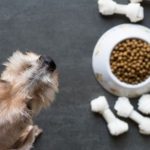


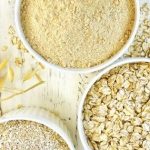


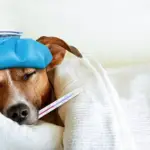








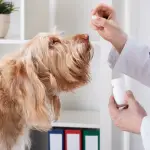



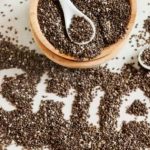









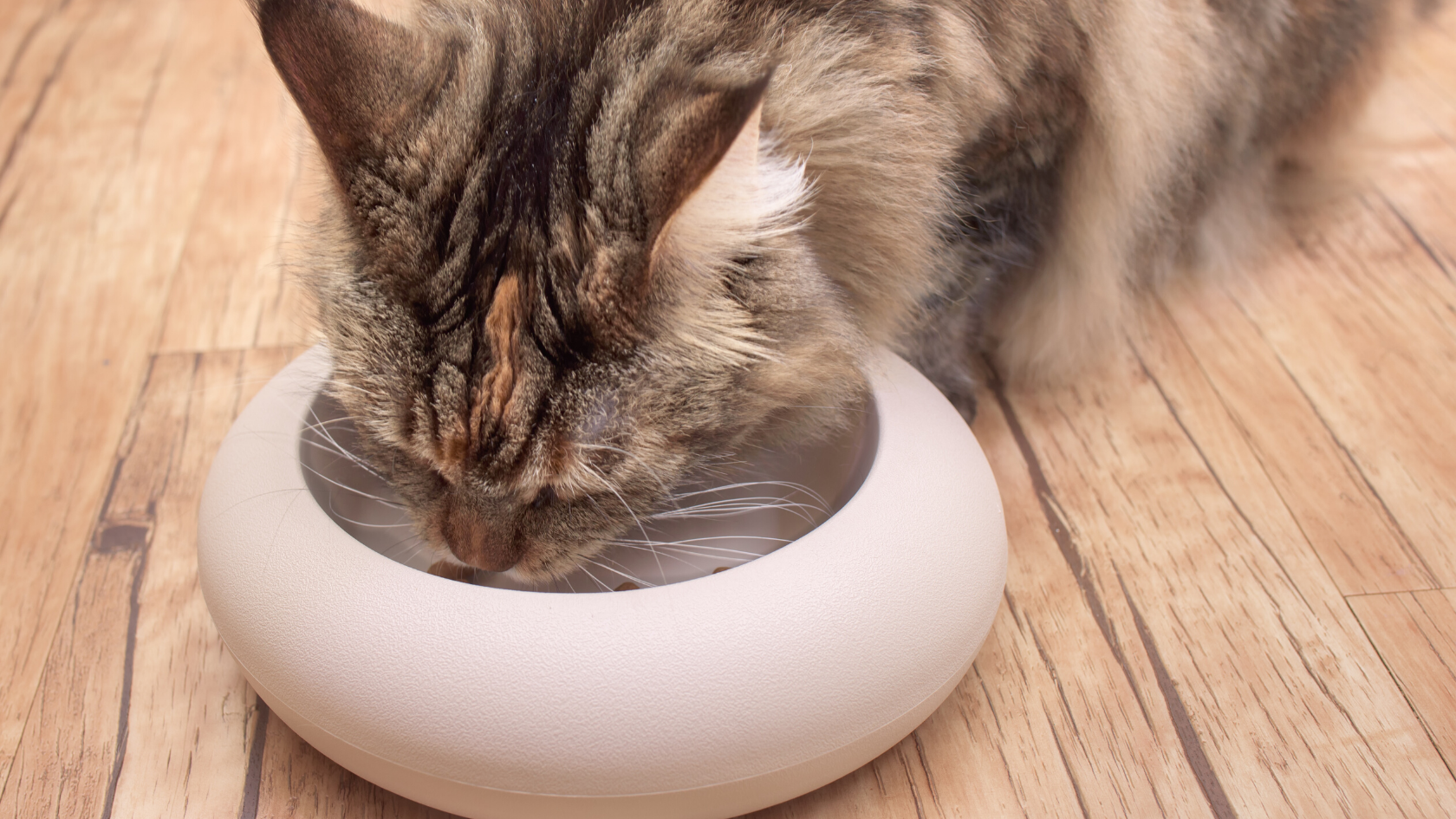



This is great info to know for anyone who’s thinking about doing homemade or raw diets for their cats. I think people think it’s simple but cats’ nutrition needs are different from ours!
yes, there are so many things to keep in mind when making your pet’s food! thank you for stopping by 🙂